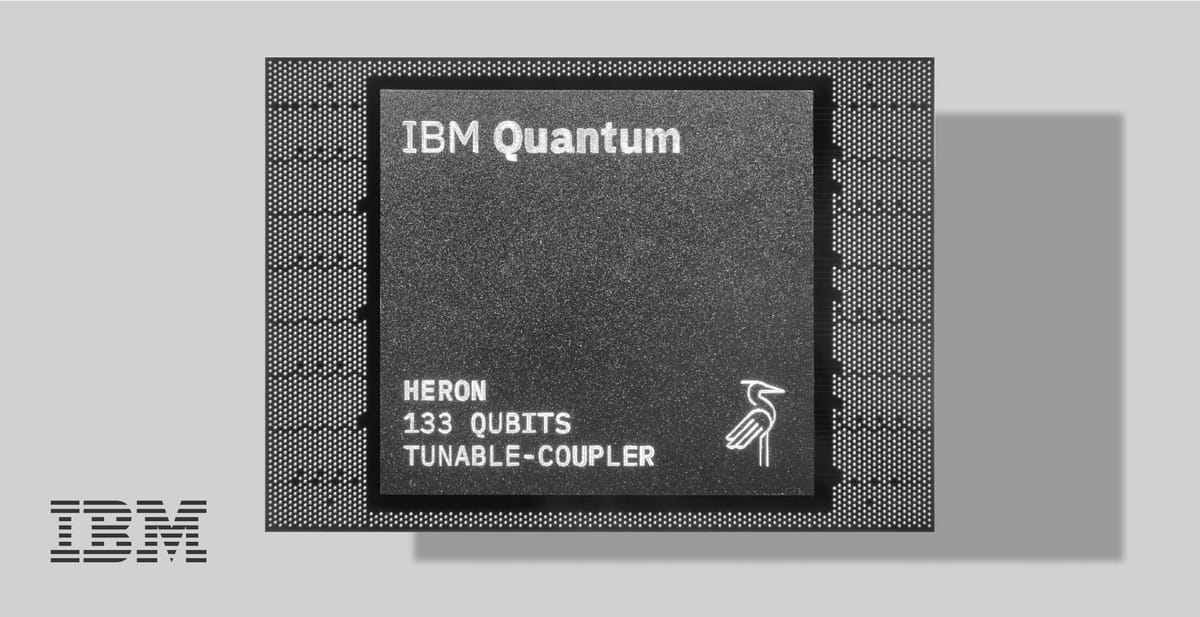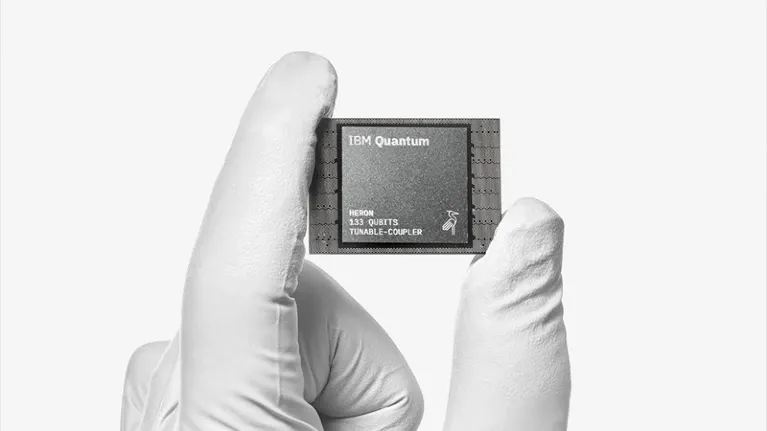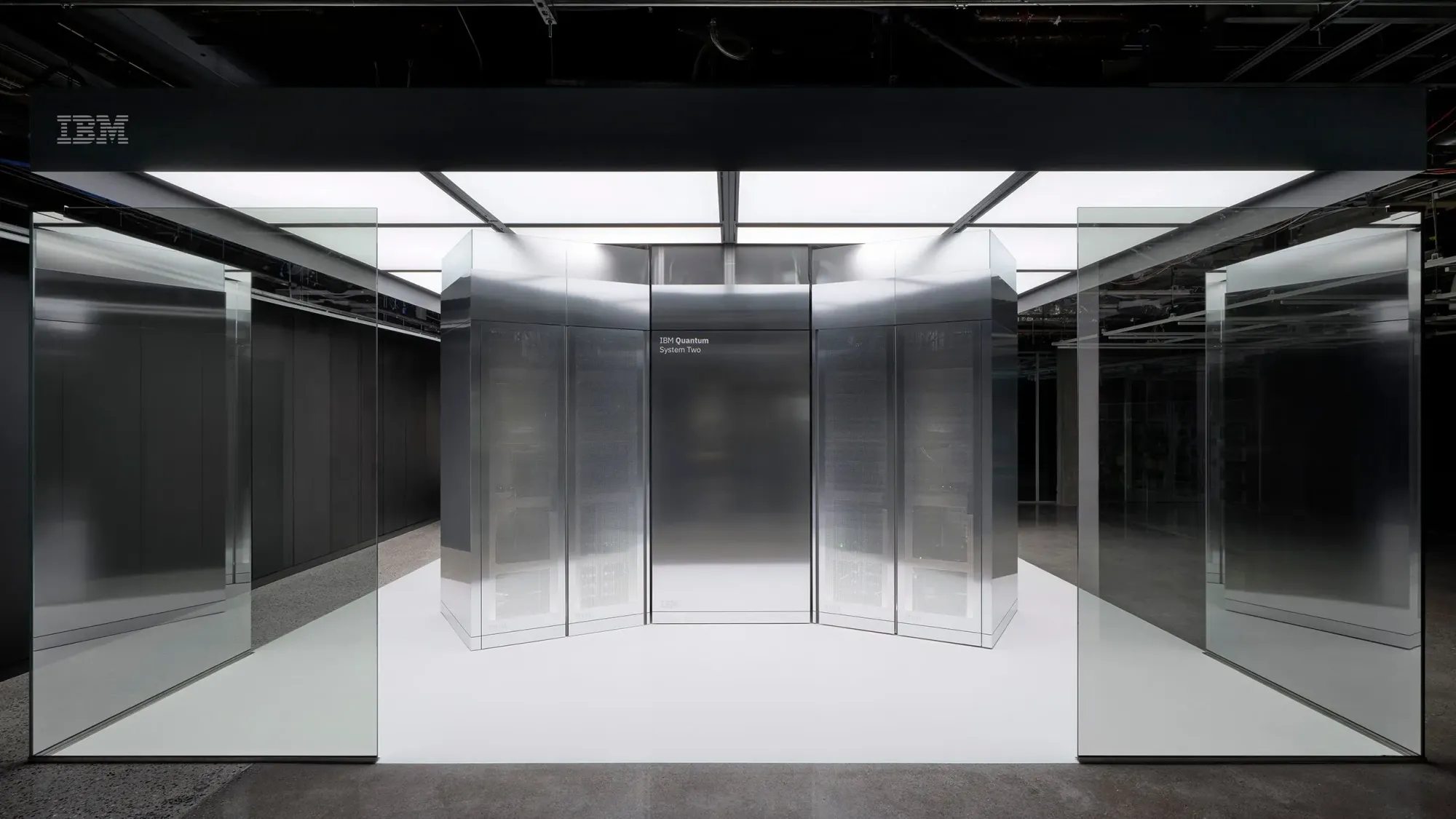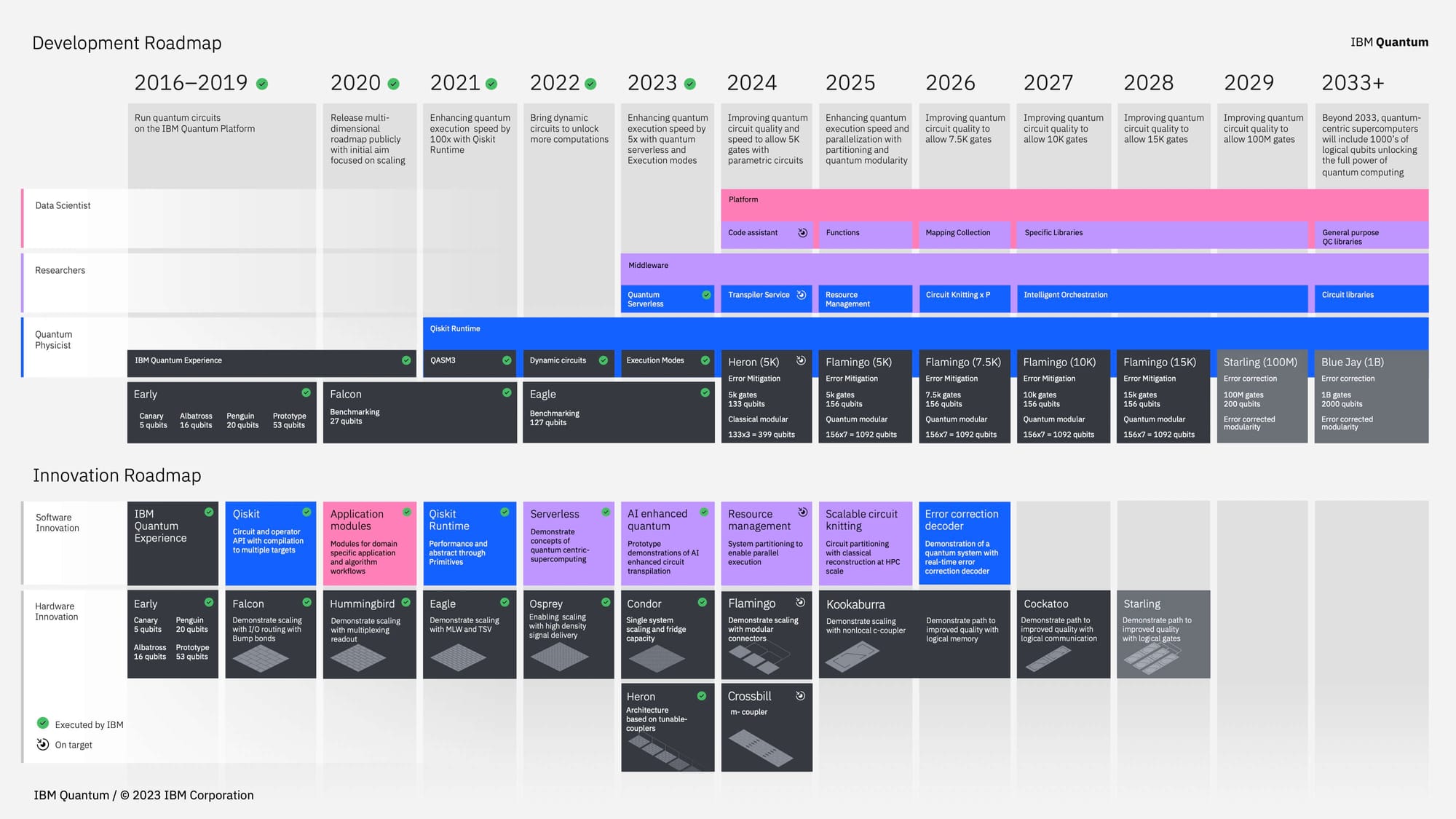
At its IBM Quantum Summit 2023, IBM revealed several major advances that aim to accelerate the company's progress toward broad practical application of quantum computing.
The star of the show was IBM's new Quantum Heron processor, which contains 133 qubits and demonstrates a 3-5x improvement in performance over Quantum Eagle, IBM's previous 127-qubit flagship processor. Building on four years of architectural research, Heron virtually eliminates problematic qubit crosstalk errors, allowing the chip to reliably run nearly 1,800 gate operations within qubit coherence times. This is a significant leap forward in IBM's ability to run complex quantum circuits.

"We are firmly within the era in which quantum computers are being used as a tool to explore new frontiers of science," said IBM SVP and Director of Research Dario Gil. The introduction of Heron and other advances help further establish IBM's quantum technology stack as ready for tackling real-world problems.

To scale up Heron's capabilities, IBM also revealed IBM Quantum System Two - a modular quantum architecture that can network multiple Heron processors together with classical computing resources. The first operational Quantum System Two, located at IBM's New York headquarters, began operations this week with three interconnected Heron chips.
In addition to hardware advancements, IBM is pushing the boundaries of quantum software development. The announcement of 'Qiskit 1.0,' the latest iteration of the world's most widely used open-source quantum programming software, marks a significant step towards making quantum computing more accessible and user-friendly. This new version focuses on ease and speed of executing quantum circuits, simplifying the computational process for scientists.
This scaling is crucial for IBM's 10-year roadmap, updated yesterday, which lays out a trajectory from today's 100+ qubit systems to fault-tolerant, error-corrected quantum computing by 2033 capable of running over 1 billion gate operations. Along the way, IBM plans to launch improved generations of its quantum hardware and software stack.

A key aspect of IBM's strategy is the integration of generative AI models, particularly through its enterprise AI platform, watsonx. These models aim to automate quantum code development and optimize quantum circuits, reflecting a convergence of AI and quantum computing that could revolutionize computational methodologies.
While challenges remain, IBM is actively building the modular, heterogeneous computing architecture needed for useful application of quantum computing on an industry scale. With these announcements of its highest-quality processor yet in Heron and the scalable Quantum System Two, IBM hopes to maintain its first-mover advantage as quantum computing moves steadily toward practical utility.

